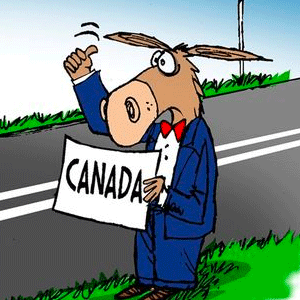End of internet subsidies for low-income households threatens telehealth access
Published in Health & Fitness
Expanding telehealth is a common reason health care providers around the U.S. — in states such as Massachusetts and Arkansas — joined efforts to sign their patients up for the federal discount program.
“This is an issue that has real impacts on health outcomes,” said Alister Martin, an emergency medicine physician at Massachusetts General Hospital. Martin realized at the height of the pandemic that patients with means were using telehealth to access covid care. But those seeking in-person care during his ER shifts tended to be lower-income, and often people of color.
“They have no other choice,” Martin said. “But they probably don’t need to be in the ER action.” Martin became a White House fellow and later created a nonprofit that he said has helped 1,154 patients at health centers in Boston and Houston enroll in the discount program.
At the University of Arkansas for Medical Sciences, a federal grant was used to conduct dozens of outreach events and help patients enroll, said Joseph Sanford, an anesthesiologist and the director of the system’s Institute for Digital Health & Innovation.
“We believe that telehealth is the great democratization to access to care,” Sanford said. New enrollment in the discount program halted nationwide last month.
Leading up to the enrollment halt, Sen. Peter Welch (D-Vt.) led a bipartisan effort to introduce the Affordable Connectivity Program Extension Act in January. The group requested $7 billion — more than the FCC’s ask — to keep the program funded. “Affordability is everything,” Welch said.
In December, federal regulators surveyed program recipients and found that 22% reported no internet service before, and 72% said they used their ACP-subsidized internet to “schedule or attend healthcare appointments.”
Estimates of how many low-income U.S. households qualify for the program vary, but experts agree that only about half of the roughly 50 million eligible households have signed on.
“A big barrier for this program generally was people don’t know about it,” said Brian Whitacre, a professor and the Neustadt chair in the Department of Agricultural Economics at Oklahoma State University.
Whitacre and others said rural households should be signing up at even higher rates than urban ones because a higher percentage of them are eligible.
...continued
©2024 KFF Health News. Distributed by Tribune Content Agency, LLC.






Comments